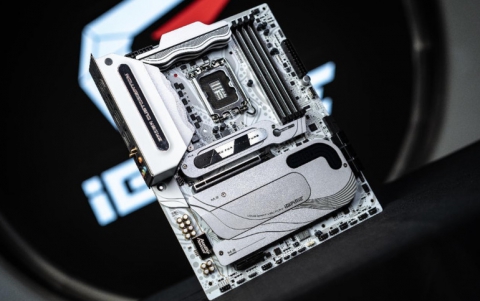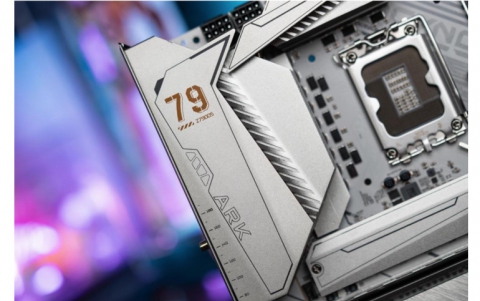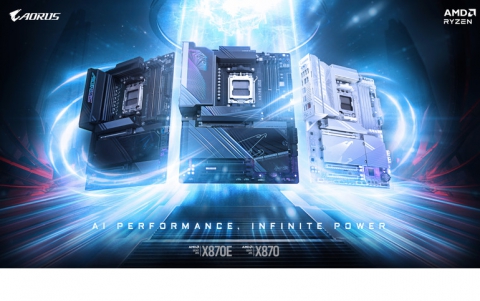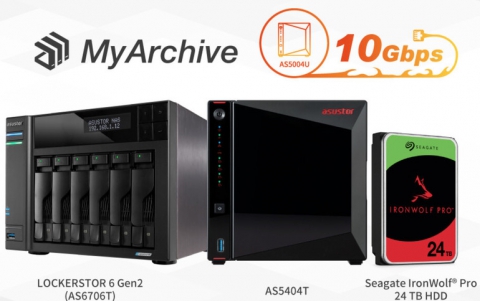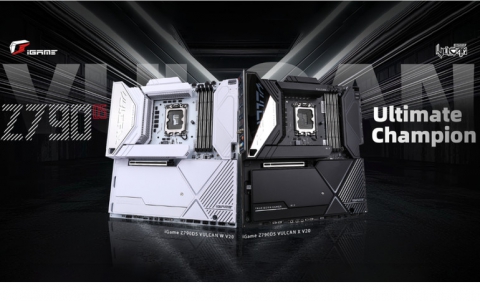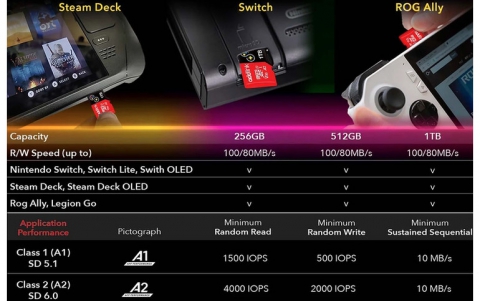YAMAHA CRW-F1E CD-RW
11. AudioMASTER Tests
YAMAHA CRW-F1 IDE CDR-W - Page 11
AudioMASTER Tests
 YAMAHA
CRW-F1 features the new generation of "Advanced Audio Master Quality Recording".
It's main purpose is to offer high recording quality for disks intended to be
used for the seer reproduction of audio on regular home CD and car players.
YAMAHA
CRW-F1 features the new generation of "Advanced Audio Master Quality Recording".
It's main purpose is to offer high recording quality for disks intended to be
used for the seer reproduction of audio on regular home CD and car players.
- What is Jitter?
A CD-R/RW drive writes audio in the form of pits and lands on the recordable layer of the disc. The digital information in the pits and lands is decoded by the scanning unit in the CD player and played. Various factors (e.g. crystal oscillators, component tolerances, ADCs and DACs frequency mismatch, electromagnetic fields, the inconsistency of the lands and pits—their length or width and the uneven gaps between them) can prevent these signals from reaching the CD-player's scanning unit at exactly the intended time. This timing inaccuracy is what is known as "jitter".

The top waveform is perceived as a perfect digital signal, the wave definition and timing are heoretically flawless. The lower waveform represents the exact information but with jitter. In contrast, he waveform is distorted and the timing is inaccurate. In the worst case, such jitter can be heard as udible clicks or pops during playback. High jitter values are responsible for inaccurate sound positioning, poor bass frequency and unclear sound.
- How does Audio Master Quality Recording work?
Yamaha's claims that Audio Master Quality Recording reduces jitter. Using this feature, the recorder will write longer pits and lands than when in standard mode. Thanks to a variable linear speed, CD-players will read CDs created with the feature at the same speed even though pits and lands are considerably longer.

|
Sound waveform comparison: |
|
|
Yamaha technology |
Conventional technology |

|
|
|
Clear wave pattern |
Wave pattern is blurred |
|
A clearer wave pattern displays higher sound quality and lack of background jitter |
|
While the CD player's laser unit reads the data, the photo detector covers a wider rea per pit or land. The jitter factor remains under 20ns (i.e. very low), or a reduction of up to 30%. The recording mode of audio disks is expected to offer reproduction of music with reduced jitter on devices whose power supply subsystem is sensitive to electric current fluctuations due to abrupt motor/pick-up movements in those cases where the reading of a disk is problematic. YAMAHA claims that the Advanced AudioMASTER Quality Recording system reduces Jitter as the abovegraph shows, compared to normal AudioCD authoring.

The newest Audio Master Quality mode supports 1X and 8X writing speeds as well as the original 4X speed mode. In addition, it supports higher media capacity than 80mins:
- 63mins with 650MB
- 68min with 700MB
- 79mins with 870MB discs)
User can select AudioMASTER writing method, when authoring an AudioCD, under the 'Write Tab' -> 'Write Method' -> 'AudioMASTER'.

Nero Burning Rom allows selecting from all the writing speeds mentioned above and additionally users can choose the CRW-F1 to determine the appropriate writing speed, with the "Best WriteSpeed" option.

When using high-quality media, and selected the 'Best WriteSpeed' method, drive will automatically select the best recording speed from 1X, 4X and 8X. In most cases, the writing speed will drop at 4X with the use of lower quality media. In the below Nero screenshot, we can see that with the inserted media (Mitsubishi Chemicals 80min 48X), the drive selected the 8X writing speed. In case you don't select the 'Best WriteSpeed' option, the 8X recording speed is still available for all media:

- Recording Tests
We used two types of media in order to examine the Advanced AudioMASTER technology. The first comes from Plasmon and the second from Mitsubishi Chemicals. We also burned the same project, under normal AudioCD authoring (4X, 16X and 44X) in order to see if there are any major differences. The quality of the produced discs is illustrated in the table below.
|
Tested Media
|
Recording speed
|
AudioMaster
|
OWC
|
C1
|
Average Burning Time (mins)
|
|
|
Max
|
Average
|
|||||
|
Plasmon 80min 16x
|
44X
|
Off
|
Off
|
1121
|
55.4
|
2:55
|
|
16X
|
On
|
73
|
2.3
|
5:10
|
||
|
4X
|
32
|
2.1
|
18:20
|
|||
|
8X
|
On
|
40
|
2.6
|
10:40
|
||
|
4X
|
24
|
1.1
|
20:58
|
|||
|
1X
|
343
|
63.8
|
1:22:48
|
|||
|
Mitsubishi Chemicals 80min 48x
|
44X
|
Off
|
14
|
0.5
|
2:46
|
|
|
16X
|
12
|
0.5
|
4:44
|
|||
|
4X
|
13
|
0.9
|
18:10
|
|||
|
8X
|
On
|
17
|
0.4
|
10:31
|
||
|
4X
|
14
|
0.5
|
20:46
|
|||
|
1X
|
15
|
0.6
|
1:22:40
|
|||
The test results showed that AudioMASTER recording technology is mainly affected from the inserted media. When used Mitsubishi Chemical's 80min 48X certified media all test results were very good and the C1 error rate is very low. between the three supported AudioMASTER recording speeds (1X, 4X, 8X) the media performed best with the fastest speed (8X, that was selected in the first place from the "Best WriteSpeed" setting). Burning at normal speed also doesn't seem to affect the C1 error rate.
When used Plasmon 80min 16X certified media, the AudioMASTER system does make a noticeable difference. The 4X speed gives the best writing quality results, (that also was selected from the "Best WriteSpeed" option). At the 1X speed as the following graph shows.

Burning the same media at 44X (with OWSC off) also produced high error rate.







